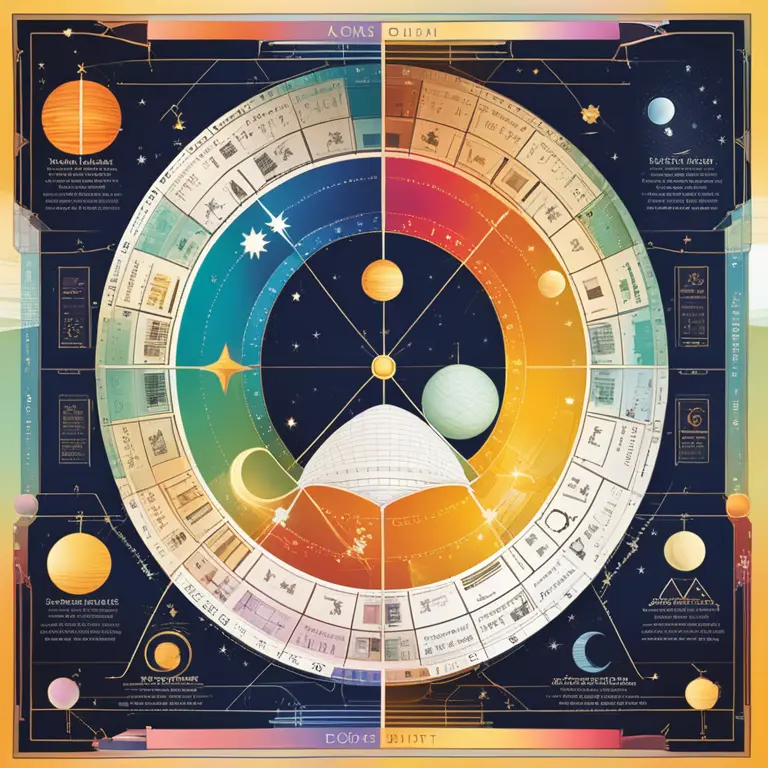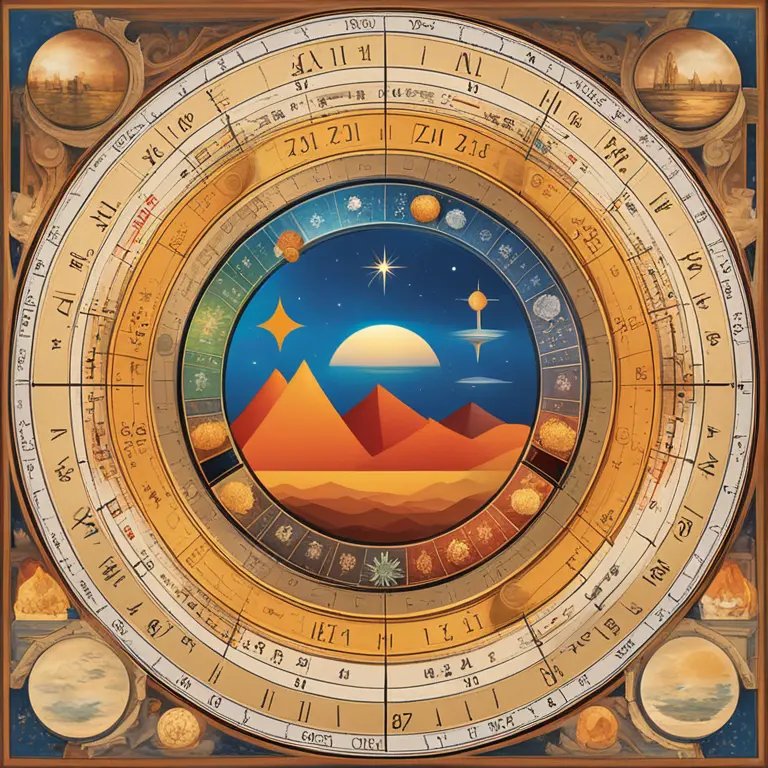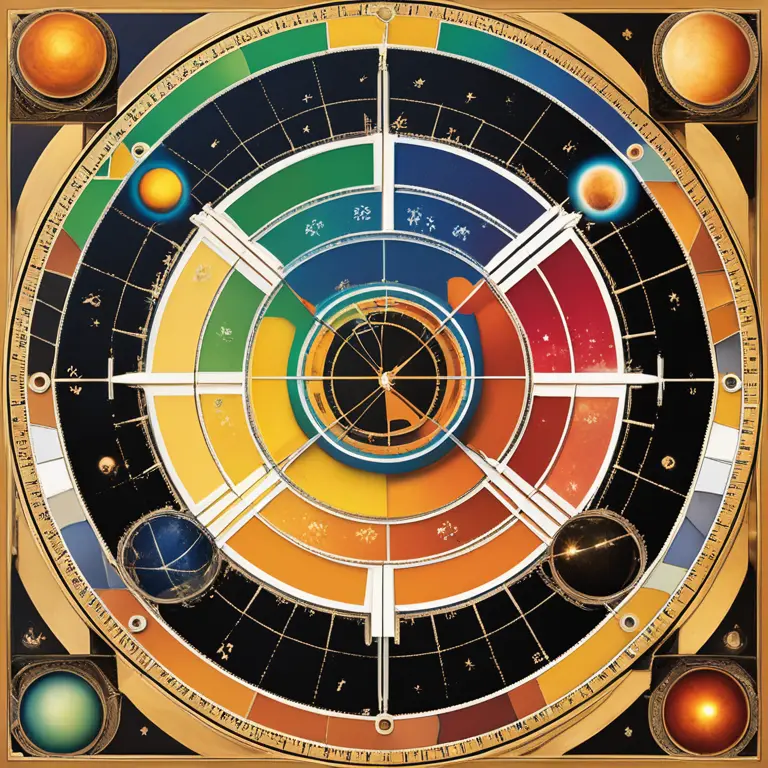
The Qualities of a Harmonious Birth Chart
Discover the essential components that contribute to a harmonious birth chart and learn how they reflect personal potential and life paths.
article by Priya Deshmukh
Introduction to Birth Charts
A birth chart, often known as a natal chart, is a celestial snapshot of the sky at the moment of your birth. It is a cosmic map that provides intricate details about one's personality, life experiences, and potential paths. A good birth chart, from an astrological perspective, is less about fortune and more about the balance and aspects between planets and signs that can indicate a harmonious life. As we delve into the components of a birth chart, remember that astrology is a complex study and personal empowerment plays a crucial role in how one navigates their chart.

Planetary Positions and Aspects
In a birth chart, the positions of the Sun, Moon, and planets across different zodiac signs set the stage for an individual's unique traits and tendencies. Goodness in a chart is partially signified by beneficial aspects—angles made between planets that suggest flow and ease in the expression of their energies. Trines and sextiles are generally favorable, often indicating talent and opportunities. A chart with an abundance of these aspects is considered auspicious but remember, challenging aspects such as squares and oppositions can also lead to growth.

Harmonious Ascendant and Midheaven
The Ascendant, or Rising Sign, shows how you present yourself to the world, and a well-positioned Ascendant can suggest a natural harmony between self-perception and public image. The Midheaven (MC), linked to career and life goals, when in a supportive aspect with other planets, can indicate clear direction and success. A good birth chart often includes a balanced and supportive relationship between the Ascendant and Midheaven, equipping an individual with the outward expression to achieve their aspirations.

Balance of Elements and Modalities
Astrological elements (Fire, Earth, Air, Water) and modalities (Cardinal, Fixed, Mutable) reflect different areas of life and approaches to challenges. A good birth chart exhibits a balance between these, ensuring a rounded personality and the ability to adapt to various circumstances. An overabundance or lack of certain elements or modalities can create challenges, whereas equilibrium can facilitate a smoother life journey.
The Role of Benefic and Malefic Planets
Jupiter and Venus are traditionally known as 'benefic' planets, bringing optimism and harmony, while Saturn and Mars are termed 'malefic', often related to obstacles and conflicts. However, in modern astrology, all planets have their constructive and challenging expressions. A good birth chart does not exclude the influence of malefic planets but rather incorporates them as tools for resilience and strength. The key is balance and the mitigation of more difficult aspects by the benefics.
Compatibilities and Conjunctions
Within a birth chart, certain planets work exceptionally well together, and their conjunctions can indicate a focal point of talent or success. For example, a Mercury-Venus conjunction often denotes eloquence and charm in communication. A good birth chart possesses synergistic conjunctions that harness planetary strengths while also acknowledging the necessity of diversity and challenge in personal development.
Cultural and Generational Influences
Lastly, it is important to consider the cultural and generational context when analyzing a birth chart. With each passing year, societal norms evolve, and the interpretation of planetary placements may shift accordingly. A birth chart that is good for today's context may have a different interpretation in 2024 and beyond, recognizing the dynamic influence of collective experiences and shifts in consciousness.
Published: 1/22/2024
Modified: 1/22/2024
More predictions
Come back here soon to learn more about yourself and your future


Moon Phases & Astrological Affect
Discover how the moon's phases and location impact astrology, affecting personal moods, behaviors, and life events.


Moon Phases & Their Astrological Meaning
Discover the mystical meanings behind the moon's phases and how they influence astrology and personal growth.


The Lunar Cycle & Its Impact on Life
Discover how moon phases impact daily life, personal growth, and more in our guide to the lunar cycle's significance.